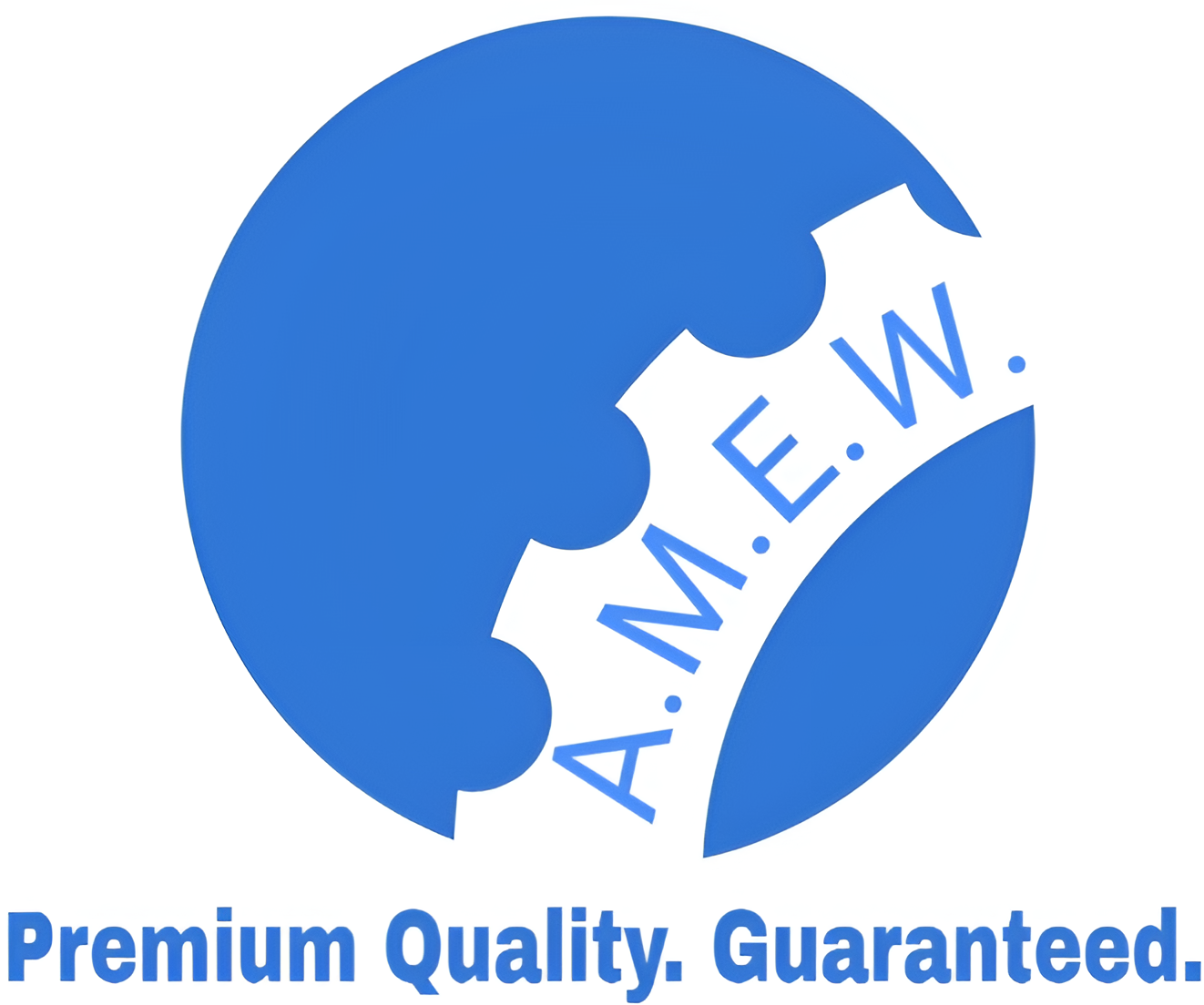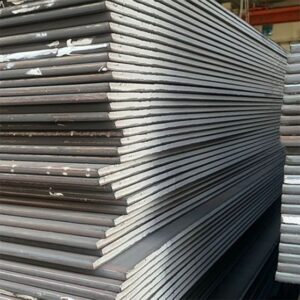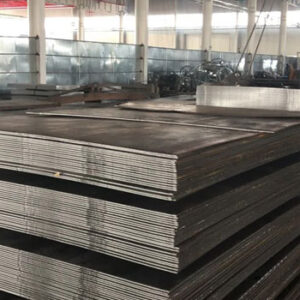Description
S355NL Structural Steel Plate
Table of Contents
- Introduction to S355NL Structural Steel
- Chemical Composition of S355NL Steel
- Mechanical Properties of S355NL Steel
- Yield Strength
- Tensile Strength
- Elongation
- Impact Resistance (NL designation)
- Manufacturing and Processing of S355NL Steel Plates
- Thermomechanical Rolling
- Heat Treatment (Normalized Rolling)
- Standards and Compliance for S355NL Steel
- EN 10025-3 Standard
- International Standards and Equivalents
- S355NL Steel Plate Grades
- S355JR, S355J0, S355J2, S355K2 vs. S355NL
- Applications of S355NL Structural Steel
- Heavy-Duty Construction
- Offshore Structures
- Wind Towers
- Infrastructure (Bridges, Tunnels)
- Weldability and Formability of S355NL Steel
- Comparison with Other Structural Steel Grades
- S355NL vs. S275NL
- S355NL vs. S355ML
- S355NL vs. S460NL
- Conclusion: Why Choose S355NL for Your Project?
1. Introduction to S355NL Structural Steel
S355NL is a high-strength low-alloy structural steel that falls under the European standard EN 10025-3. The designation “S” refers to “structural” steel, while 355 indicates a minimum yield strength of 355 MPa. The “NL” designation stands for normalizing rolling and specifies that the steel has improved toughness and is impact-tested at -50°C.
This steel grade is known for its superior toughness, making it suitable for demanding environments, such as offshore platforms, bridges, and heavy-duty construction projects. S355NL also provides excellent weldability and formability, making it versatile for a wide range of engineering and structural applications.
2. Chemical Composition of S355NL Steel
The chemical composition of S355NL ensures its high strength, good weldability, and toughness at low temperatures. Key elements include:
- Carbon (C): Max 0.18%
- Manganese (Mn): 1.0-1.6%
- Phosphorus (P): Max 0.025%
- Sulfur (S): Max 0.015%
- Silicon (Si): 0.50% max
- Nitrogen (N): Max 0.012%
Other alloying elements like copper, nickel, chromium, and molybdenum may be added in small quantities to improve the steel’s corrosion resistance and mechanical properties.
3. Mechanical Properties of S355NL Steel
S355NL is known for its excellent mechanical properties, including high strength, impact resistance, and good ductility. These properties make it ideal for heavy-duty structural applications.
3.1 Yield Strength
- Minimum Yield Strength: 355 MPa S355NL has a minimum yield strength of 355 MPa, making it a high-strength steel suitable for applications that require both load-bearing capabilities and toughness.
3.2 Tensile Strength
- Tensile Strength: 470-630 MPa S355NL’s tensile strength ensures that it can withstand high stresses without breaking or deforming, providing additional security in load-bearing applications.
3.3 Elongation
- Elongation at Break: 20% (for a thickness of ≤ 16mm) The steel’s ability to elongate before breaking ensures its ductility, an important property for absorbing shocks and stresses in structural applications.
3.4 Impact Resistance (NL Designation)
The “NL” in S355NL indicates that the steel has passed a Charpy V-notch impact test at -50°C, with a minimum absorbed energy of 27 Joules. This ensures excellent toughness in cold conditions, which is vital for projects in extreme environments, such as offshore platforms and wind farms.
4. Manufacturing and Processing of S355NL Steel Plates
4.1 Thermomechanical Rolling
S355NL steel plates are typically produced through thermomechanical rolling, a controlled process that enhances the grain structure and mechanical properties of the steel, providing a combination of strength, toughness, and ductility.
4.2 Heat Treatment (Normalized Rolling)
S355NL is usually supplied in a normalized or normalizing rolled condition. Normalizing improves the toughness of the steel and ensures uniform mechanical properties across the entire thickness of the plate, making it more reliable for critical structural applications.
5. Standards and Compliance for S355NL Steel
S355NL is produced according to the EN 10025-3 standard, which specifies the technical delivery conditions for normalized/normalized rolled weldable fine grain structural steels. This standard ensures that the steel meets stringent requirements for mechanical properties, chemical composition, and impact testing.
5.1 International Standards and Equivalents
S355NL complies with several international standards and has equivalent grades in various countries, such as:
- DIN EN 10025-3 (German Standard)
- ASTM A572 Grade 50 (U.S. Equivalent)
- BS EN 10025 (British Standard)
6. S355NL Steel Plate Grades
S355NL is part of the S355 family of structural steels, which includes other grades with different toughness levels and impact testing requirements:
6.1 S355JR
- Impact tested at 20°C
- Minimum yield strength: 355 MPa
- Suitable for general structural applications.
6.2 S355J0
- Impact tested at 0°C
- Similar to S355JR but offers better toughness in colder environments.
6.3 S355J2
- Impact tested at -20°C
- Suitable for low-temperature environments.
6.4 S355K2
- Impact tested at -20°C with a higher toughness requirement.
- Used in more demanding applications.
6.5 S355NL
- Impact tested at -50°C.
- Ideal for environments requiring superior toughness, such as offshore and cold climates.
7. Applications of S355NL Structural Steel
S355NL’s combination of strength, toughness, and weldability makes it suitable for a wide range of heavy-duty structural applications. Common uses include:
7.1 Heavy-Duty Construction
S355NL is widely used in the construction of high-rise buildings, industrial structures, and large-scale engineering projects. Its high strength ensures load-bearing capability, while its impact resistance guarantees structural integrity in colder environments.
7.2 Offshore Structures
S355NL is frequently employed in offshore oil and gas platforms due to its ability to withstand harsh marine environments. The steel’s toughness and corrosion resistance make it ideal for withstanding saltwater, high winds, and freezing temperatures.
7.3 Wind Towers
The increasing demand for renewable energy has led to the use of S355NL in the construction of wind towers. Its strength and impact resistance make it suitable for withstanding the mechanical stresses and environmental forces acting on wind turbines.
7.4 Infrastructure (Bridges, Tunnels)
S355NL is commonly used in infrastructure projects such as bridges, tunnels, and highways, where it provides the necessary strength and durability to handle heavy loads and withstand extreme weather conditions.
8. Weldability and Formability of S355NL Steel
S355NL offers excellent weldability due to its low carbon content. It can be welded using standard techniques without the need for preheating, making it suitable for on-site fabrication and assembly.
In terms of formability, S355NL can be easily shaped, bent, and rolled without losing its mechanical properties, allowing for the production of complex structural components.





